What really happened inside the home of the monster of Auschwitz
As the world marks the 80th year of the liberation of the Nazi death camp, author Thomas Harding is one of the few people who met the family of the mastermind of Auschwitz. Here, he recalls exactly what the daughter of Rudolf Hoess told him about life next door to where more than a million innocents were murdered

Downstairs, there was a kitchen. Then there was a living room; there was a dining room, a guest room, I think. On the second floor, there were all the bedrooms.” This is Brigitte Hoess talking. Her voice, in a raspy German accent, is giving me a tour of her childhood house. This was not just any house. It is the villa where the commandant of Auschwitz Rudolf Hoess lived with his wife and five children – including Brigitte, who lived there until she was 11 years old.
She remembers her father as someone who tucked her in at night and would let her go downstairs on Christmas Eve to eat real cookies left under the Christmas tree.
As he masterminded the mass murder of more than a million men, women and children in the camp next door, he would pat the family dalmatians, entertain friends and listen to records on the gramophone as he smoked his favourite cigars.
Brigitte Hoess’s childhood home was the home of the Holocaust. The house next door to where 1.1 million Jewish people, along with 20,000 gypsies and tens of thousands of Polish and Russian political prisoners were murdered.
I had first seen the Hoess villa 16 years ago when I visited the Auschwitz camp. I was with Rudolf Hoess’s grandson Rainer and daughter-in-law Irene, the first family members to return to the camp since the Kommandant’s departure in 1944.
At the time, a Polish woman was living at the Hoess’s former family home (located at 88 Legionow Street). She owned the house, but would not give us entry. I was surprised; it felt that this villa was a site of tremendous historical importance and should be open to the public.
Over the past few years, an American non-profit organisation called the Counter Extremism Project has been negotiating with its Polish owner. In 2024, it was finally able to complete the purchase to open it to the public. The project has the support of the Auschwitz-Birkenau State Museum, Unesco and the Polish Foreign Ministry.
The story of this Nazi family was also told in the Oscar-winning film Zone of Interest, though the actual house that was used to shoot the film stands a few hundred yards from the original villa.
Now, I am back in Auschwitz for the 80th anniversary of the liberation of the camp and the official opening of the Hoess villa to the public. This is why I am walking around the villa listening to Brigitte giving me a virtual tour in my AirPods – from an interview she gave me before she died in October 2023.
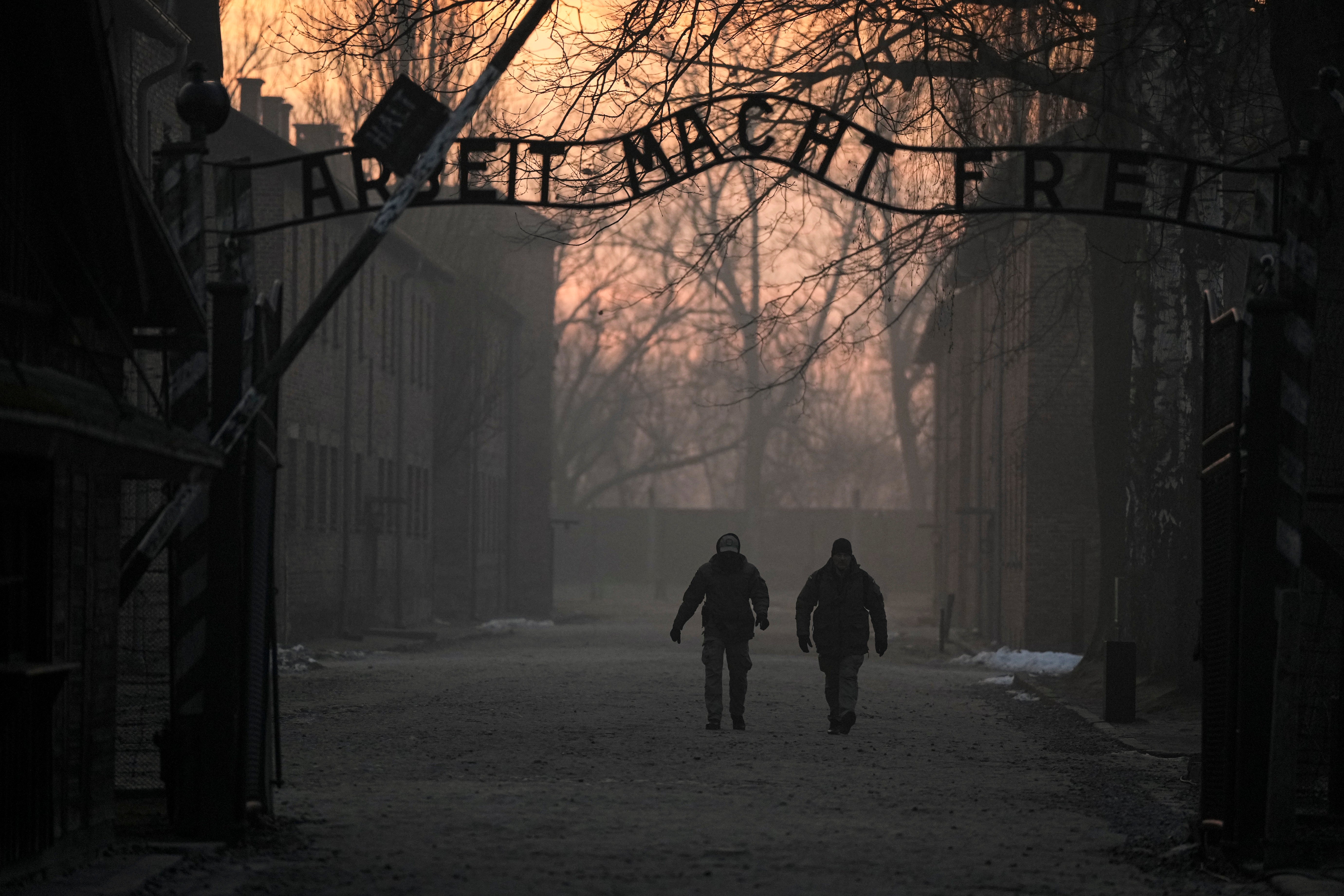
I stand in Rudolf Hoess’s large well-lit bedroom. I walk down the stone steps he came down each day. I’m in the kitchen where he drank coffee, chatted with his wife, and asked his children about their day. The normality of it is disorientating, creepy.
The new owners want to use the lessons of the past to confront the rise of extremism today. They point to escalating racist violence, abuse and antisemitism across the globe. The normalisation of populist rhetoric against migrants and permission to promote hate speech. All this is happening, just as the living memories of those who survived the Holocaust fade.
I too have a personal connection to this house. My Jewish family was forced to flee Nazi Germany. At least five members of my family were murdered in the Holocaust. And my great uncle Hanns Alexander, a captain in the British army, arrested Rudolf Hoess in March 1946.
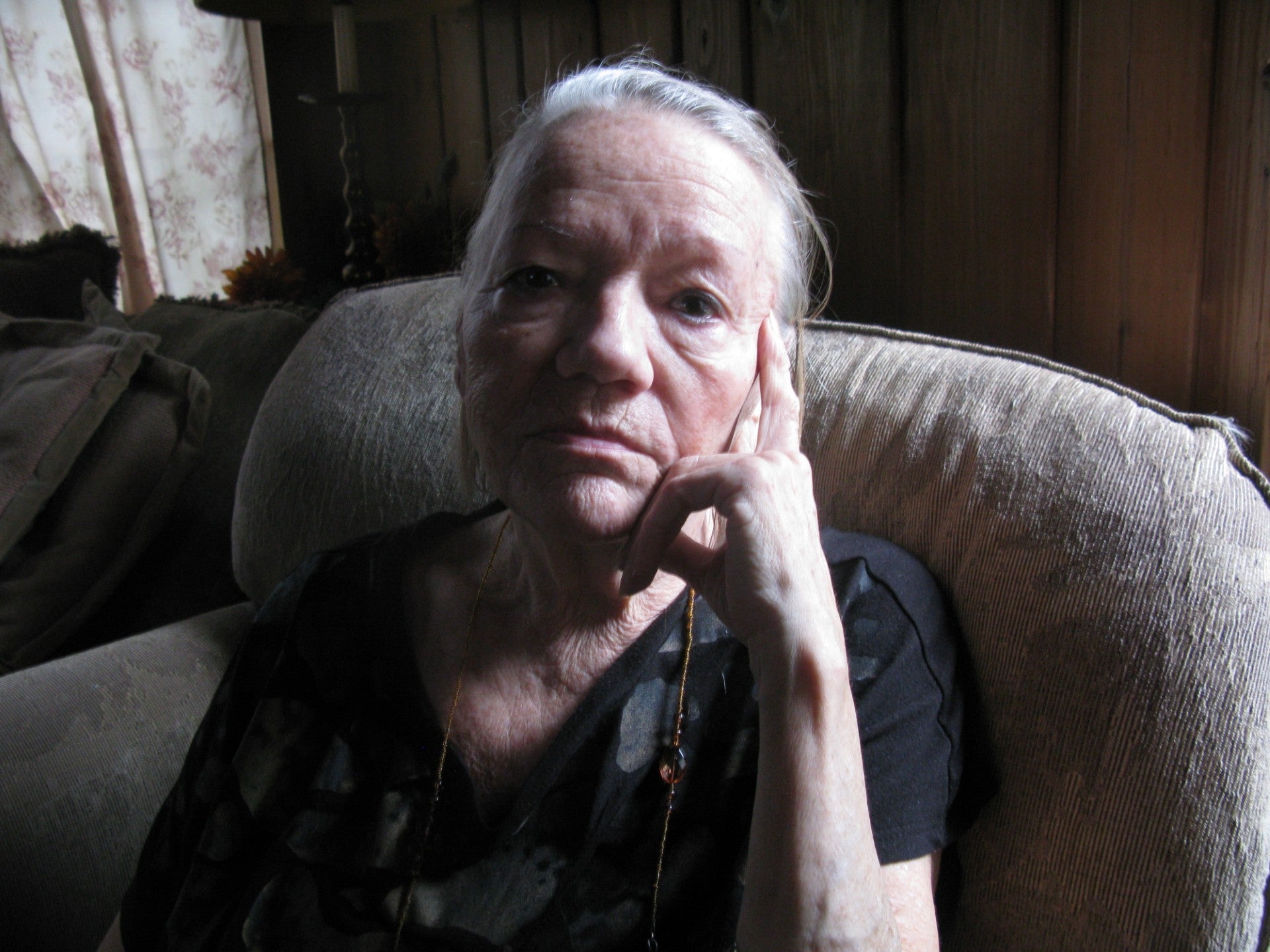
Hoess gave testimony at the Nuremberg Trials and provided the first detailed account of the mechanics of the Holocaust: the transports, the selections, the gas chambers, the crematoria. His account changed the course of the trial. He was then taken to Poland where he was tried and then, in April 1947, hanged on a gallows a few yards from where he and his family had lived.
It was while researching my book Hanns and Rudolf – a dual biography of my uncle and the Kommandant – that I tracked down Rudolf’s daughter Brigitte, who lived just outside of Washington DC.
For decades, she had lived a quiet life on a leafy street in Northern Virginia. Working in a fashion salon, nobody who knew her knew that her father was the man who had turned an old army barracks in Poland into a killing machine capable of murdering 2,000 people an hour. After tracking her down, it still took three years to persuade her to speak with me on the record.
Brigitte was seven years old when she first arrived at the villa next to Auschwitz in 1940. She would remain there till 1944 and still, after all those years, her memory remained crystal clear.
I walk into what would have been her living room, a large space with parquet wooden floors and windows looking onto the street and beyond that the Sola River. The only thing in the room is a grand piano, being played by the Italian pianist Francesco Lotoro. The notes are upbeat and melodic, in stark contrast to the surroundings; Francesco explains the piece was written by Adam Kopycinski, a prisoner in Auschwitz.
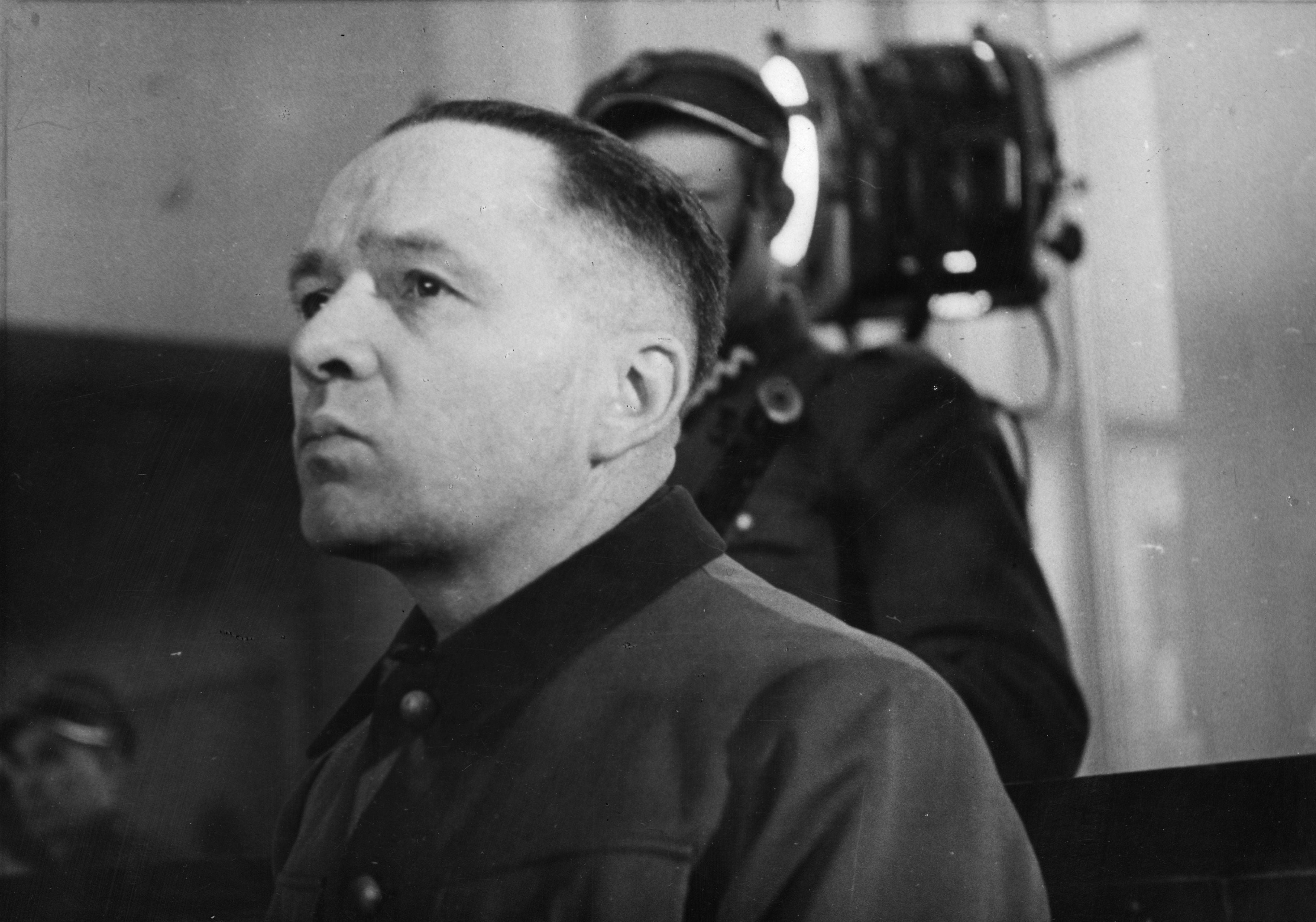
The living room was where the family had their Christmas tree. “When the ornaments were done,” Brigitte recounts, “my dad rang a bell and opened the door. And there was a tree with all the lights on, real lights, you know, white candles.” After dinner on Christmas Eve, the children were allowed to go to the tree where they found some treats. “Always real cookies,” she continues, “We could get some down. And eat some, not all, a couple.”
I go outside into the garden. This is where in the summer the children spent a lot of time. “We had fun,” I hear her say in my ears. “We had a little swimming pool in the backyard. My mother had a beautiful garden house with flowers. She loved flowers.”
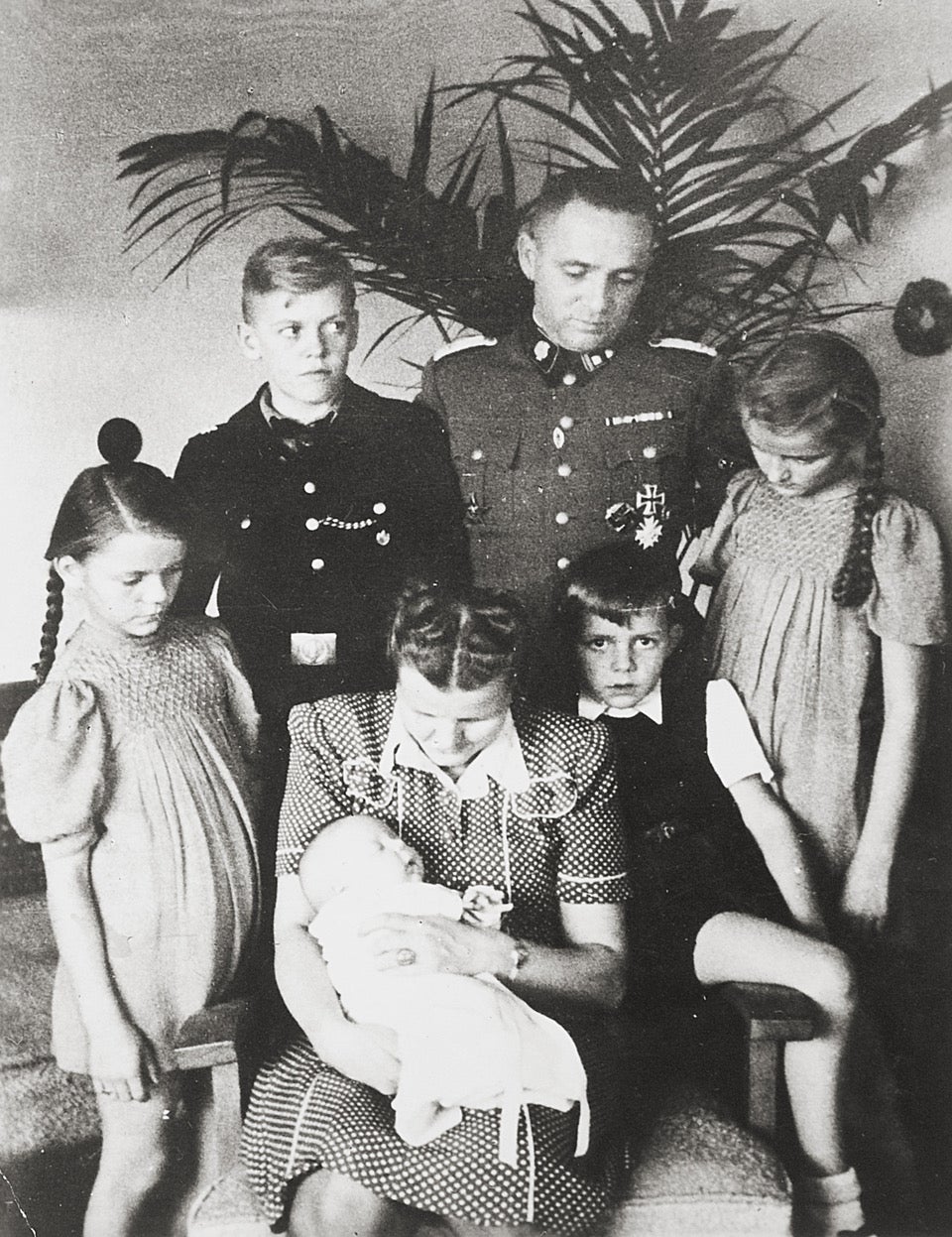
The family had two big dalmatians. They also had a pair of tortoises, she remembers with a warm laugh, they were called Jumbo and Dilla. And they kept bees in little houses, their honey would be collected by one of the helpers. Brigitte’s father would write that his wife, Hedwig, described the villa and the family’s life at Auschwitz as “paradise”.
Near the front door, I head down a dark steep staircase to the bunker in the basement. “Whenever the alarm went off, we had to go down,” Brigitte says, her voice growing quieter as she remembers the fear. “We had a little suitcase next to our bed with clothes in it. And we picked it up and went downstairs when my mom said ‘Let’s go downstairs’.”
I climb the grey stone stairs to the second floor. There are three bedrooms and a bathroom. Brigitte and her sister Heidertraud slept in one of these rooms. Her two brothers shared a room. Her parents slept in the room next door with the baby Annegret.
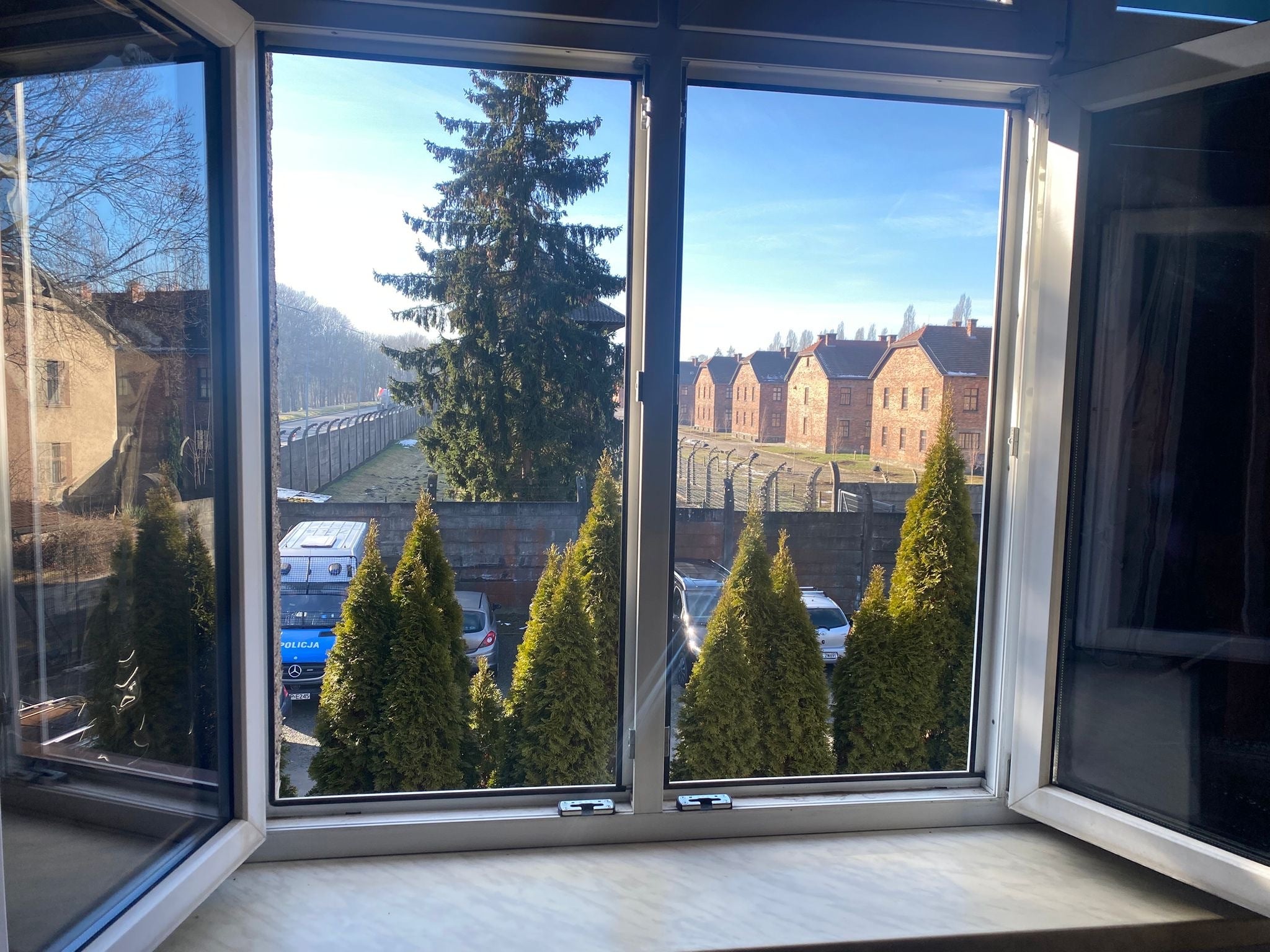
Through the windows you can see row upon row of prisoner barracks, the camp’s tall concrete wall and the guard towers. The horrors next door are all impossibly close; the prisoners would have been easily seen out of the windows as Brigitte and her siblings would simultaneously be clattering around the house. My heart races; the mixture of intimacy and persecution feels appalling.
Brigitte’s voice is still in my ears. At night, her father would read them bedtime stories and he was affectionate: “Always a kiss, always hugging when we went to bed.” He would say “Schlaf shoen, mein Kinder” – sleep well, my children.
How did a man who oversaw the slaughter that was going just metres away sleep well, did she think? “There must have been two sides to him,” she told me, “the side I knew, and this other side.”
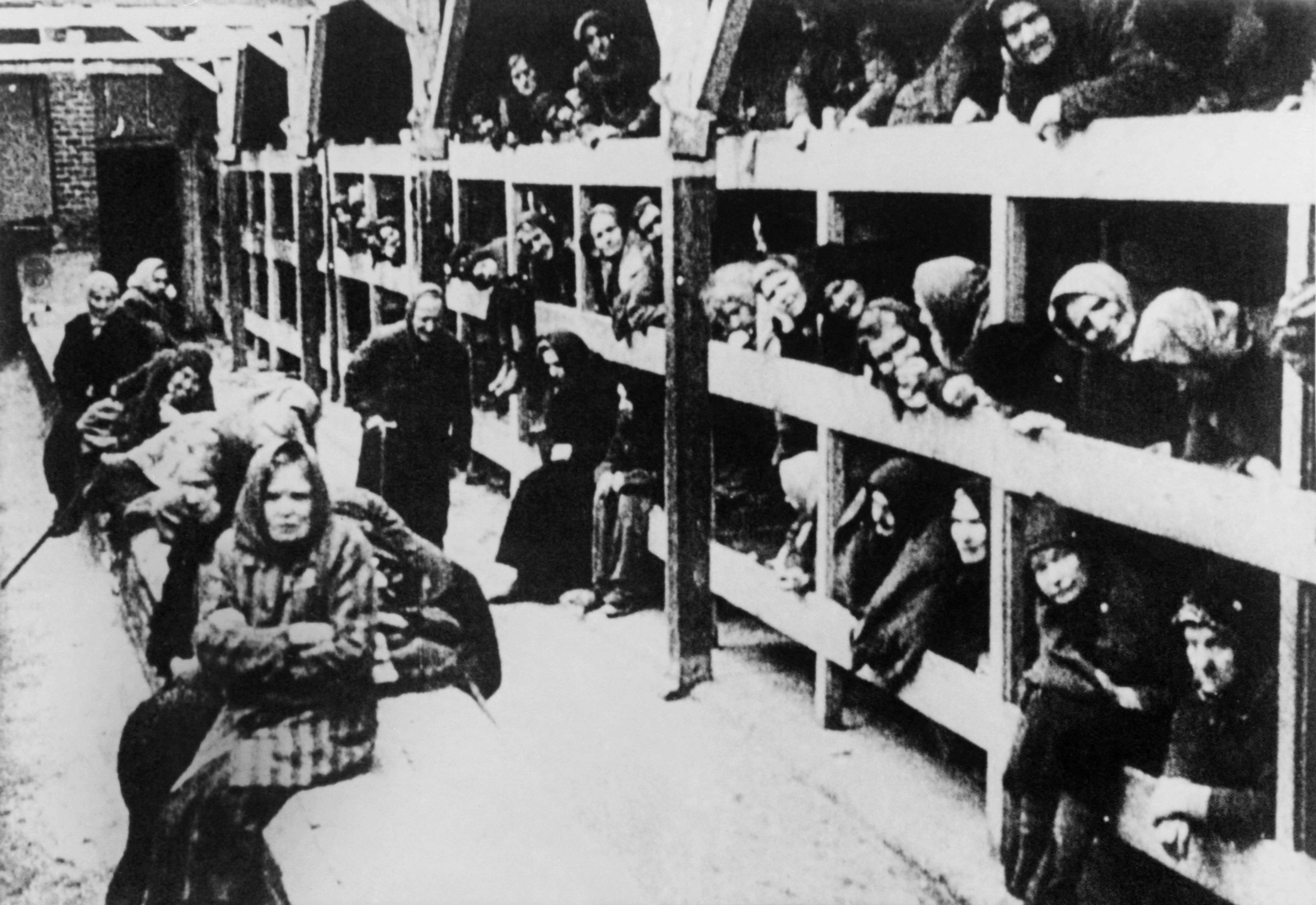
The US psychologists who evaluated Rudolf Hoess in Nuremberg had found him to be without signs of mental illness such as psychopathy. In his memoir, Hoess wrote that he had been greatly distressed by the gassings, so much so that he often drank himself to sleep at night. In other words, this was a man capable of both human kindness and empathy. And yet, day after day, he woke up in the family villa and chose to carry out mass murder.
It tells a stark tale of the human condition; how we are all capable of both extreme good and extreme bad. Standing all these years later in the Hoess family villa, the place where a loving father made abhorrent choices with such terrible consequences, I understand the urgency of opening the doors of 88 Legionow Street to the public.
To breathe in its overwhelming ordinariness knowing the unimaginable horror of the camp next door is to learn an important lesson about our past. It stands as a warning: if we are not vigilant, a catastrophe such as Auschwitz can happen again.
As I leave the villa, I notice the new owners have added some writing to the wall of one of the ground floor rooms. “The aftermath of the Holocaust should have meant an end of antisemitism, extremism and hate,” they say. “But 80 years later, all three are rampant and rising. ‘Never forget’ has proven not enough. Sometimes, we must interfere.”
Thomas Harding’s book ‘The Einstein Vendetta: Hitler, Mussolini, and a True Story of Murder’ will be published by Michael Joseph in April. You can follow him on Twitter/ X @thomasharding






Join our commenting forum
Join thought-provoking conversations, follow other Independent readers and see their replies
12Comments